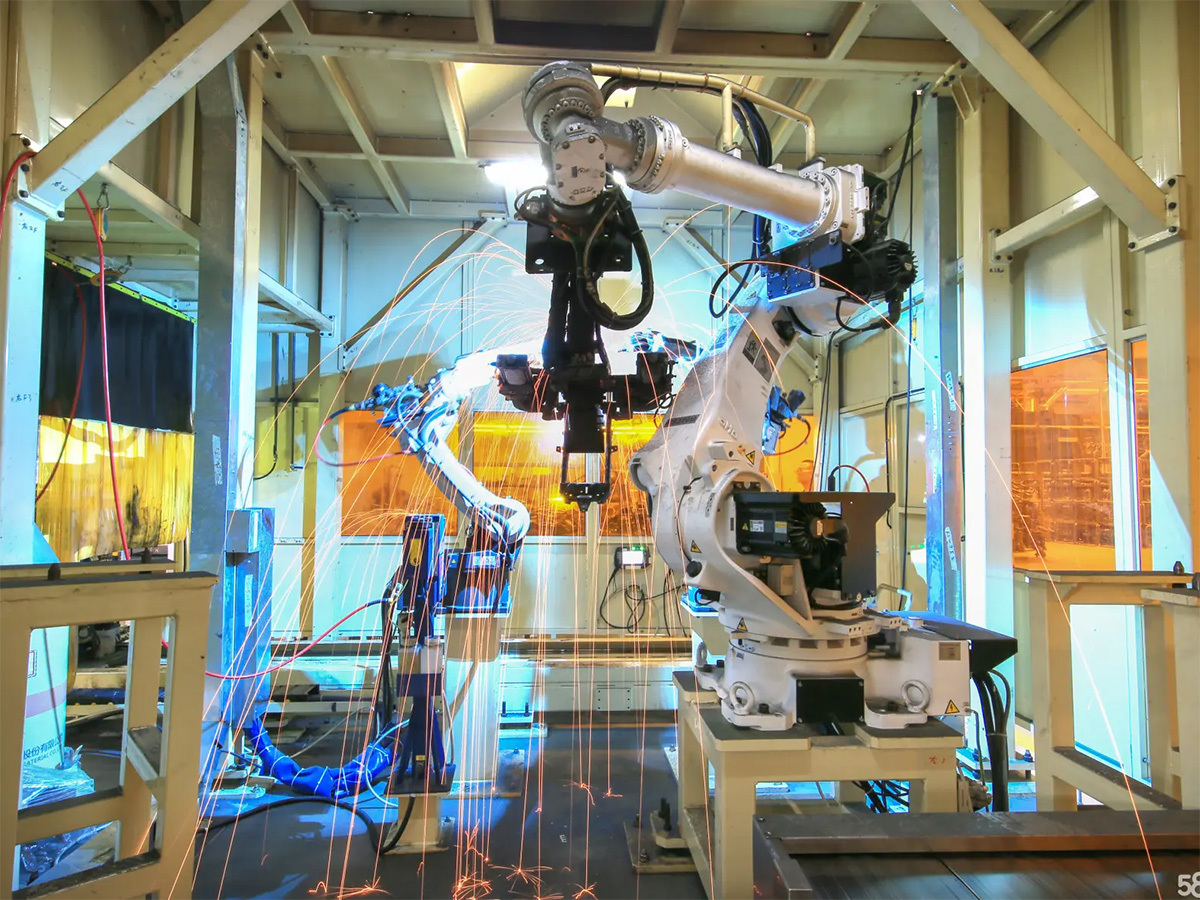What is the principle of a motorcycle engine
Released:
2024-05-23
The principle of a motorcycle engine is to convert the thermal energy generated by the combustion of fuel in the cylinder into mechanical work. Gasification units are used to form a combustible mixture of air and gasoline and flush into the cylinders. When the mixture is compressed by the piston to a certain extent, a spark will be generated between the spark plug and the electrode in the cylinder, igniting the mixture, rapidly expanding to generate high pressure, and pushing the piston to connect. The reciprocating motion of the rod is transmitted to the wheels through the transmission and becomes the driving force of the motorcycle.
The single-cylinder engine is the simplest of all engines, it has only one cylinder and is the basic form of the engine. When a single-cylinder engine is working, the mixture in the cylinder is ignited and burned once every one or two revolutions of the crankshaft. It is evident from the sound and vibration that the engine is working intermittently. The exhaust is also a "spurt" staccato sound.
Advantages: simple structure, small size, easy maintenance, cheap price. Due to the shorter crankshaft length and narrower engine width, the inertia effect of crankshaft rotation is lower than that of multi-cylinder engines, resulting in smoother acceleration.
A twin-cylinder engine is an engine with two cylinders, which consists of two identical single cylinders arranged on a single body and sharing a crankshaft output. Twin-cylinder engines are not only suitable for power generation units, but also include complete machines including power units, such as gasoline engines, aero engines, etc.
Advantages: Less vibration than single-cylinder engines. With the same displacement, the combustion efficiency is better than that of a single-cylinder engine. The weight and volume of the engine components are smaller, which is conducive to the high power output of the engine.
The suction, compression, work and exhaust cycle movements of the engine.
1. Air intake: At this time, the intake valve opens, the piston descends, and the mixture of gasoline and air is sucked into the cylinder. The opening and closing of the intake valve and exhaust exhaust and the ignition of the spark plug are controlled by timing gears.
2. Compression: At this time, the intake valve and exhaust valve are closed at the same time, the piston moves upward, and the mixture is compressed.
3. Combustion: When the mixer is compressed to the minimum, the spark plug flashes to ignite the mixture, and the pressure generated by the combustion pushes the piston down and drives the crankshaft to rotate.
4. Exhaust: When the piston drops to the lowest point, the exhaust valve opens to discharge the exhaust gas, and the piston continues to move upwards to discharge the excess exhaust gas.
All movements are controlled by timing gears.
News
2024-05-23
2024-05-23
2024-05-23





